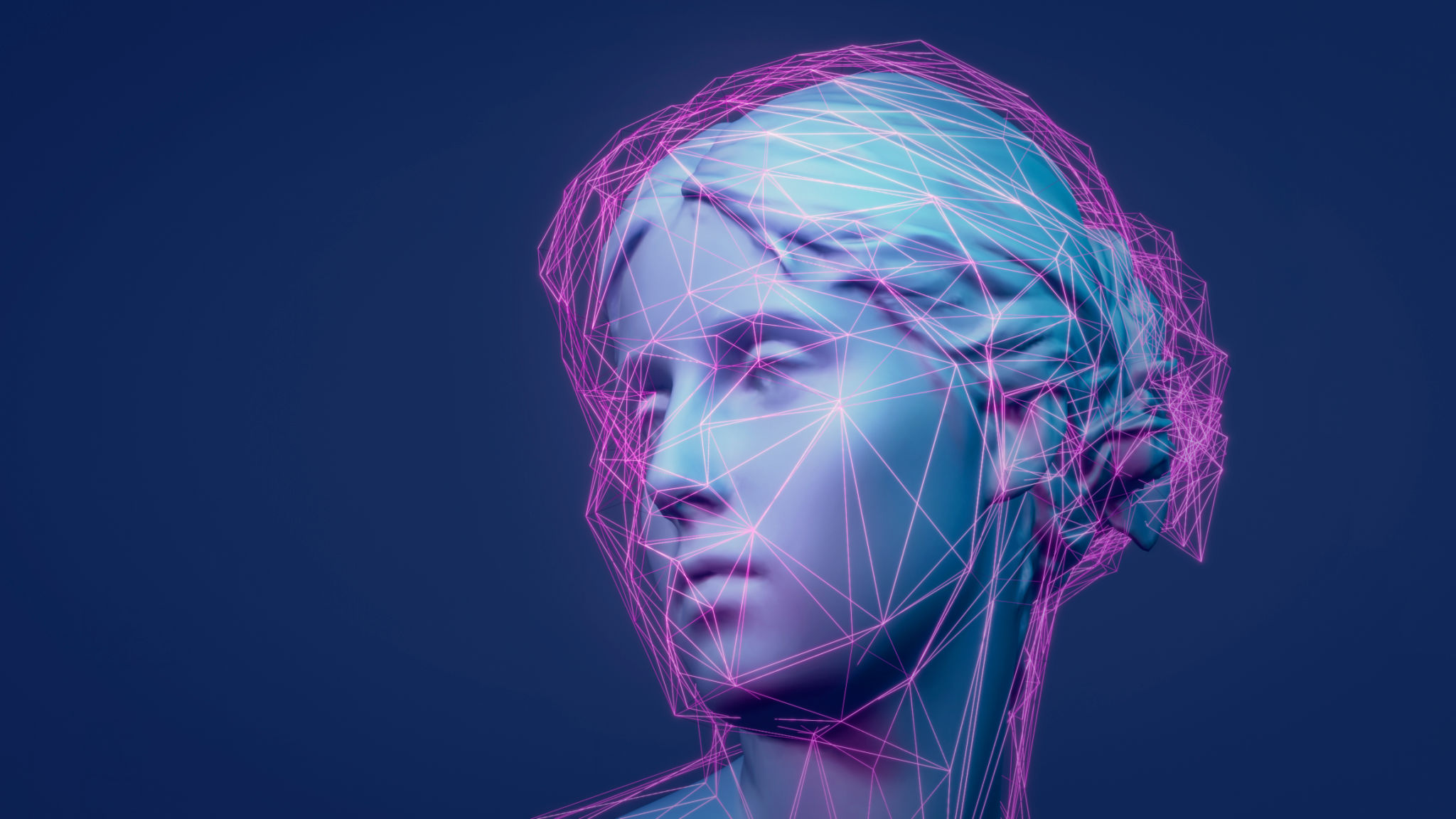Exploring the Latest Trends in Automotive Repair Technology
Introduction to Automotive Repair Technology
The automotive repair industry is undergoing a significant transformation, driven by advancements in technology that promise to enhance efficiency, accuracy, and customer satisfaction. From diagnostic tools to repair processes, the integration of innovative technologies is reshaping how mechanics and technicians approach vehicle maintenance. In this blog post, we will explore the latest trends in automotive repair technology and what they mean for both service providers and vehicle owners.

Advanced Diagnostic Tools
One of the most impactful trends in automotive repair technology is the development of advanced diagnostic tools. These tools utilize sophisticated software to quickly and accurately identify issues within a vehicle's complex systems. For example, modern scan tools can read error codes from a car's onboard computer, providing mechanics with valuable insights into potential problems without the need for manual inspection.
These diagnostic tools not only reduce the time required to identify issues but also improve the accuracy of diagnoses. As a result, repair shops can offer more efficient services, reducing wait times for customers and increasing throughput for businesses.
Augmented Reality in Repairs
Augmented Reality (AR) is making waves in the automotive repair industry by offering mechanics an interactive way to view and understand vehicle components. AR technology can overlay digital information onto real-world views, providing step-by-step guidance for complex repairs. This innovation is particularly beneficial for training new technicians and ensuring precision in intricate repair tasks.

By using AR glasses or mobile devices, technicians can receive visual instructions and 3D models that assist them in identifying parts and following precise repair procedures. This not only enhances the learning curve for new employees but also minimizes the risk of errors during repairs.
Predictive Maintenance and IoT
The Internet of Things (IoT) is revolutionizing automotive maintenance by enabling predictive maintenance practices. IoT devices can collect real-time data from various vehicle components, such as engine performance, brake wear, and tire pressure. This data is then analyzed to predict when maintenance will be required, allowing vehicle owners to address issues before they become major problems.
- Reduced risk of sudden breakdowns
- Increased vehicle lifespan
- Optimized maintenance schedules
Predictive maintenance not only enhances vehicle reliability but also helps customers save money by preventing costly repairs through timely interventions.

3D Printing for Parts Replacement
Another exciting development in automotive repair technology is the use of 3D printing for parts replacement. This technology allows repair shops to produce custom parts on-demand, reducing the need to stockpile inventory and minimizing wait times for parts delivery. 3D printing is especially useful for rare or discontinued vehicle models where sourcing parts can be challenging.
By embracing 3D printing, repair shops can offer faster turnaround times and more cost-effective solutions for customers. Additionally, this technology promotes sustainability by reducing waste associated with traditional manufacturing processes.
Conclusion
The integration of cutting-edge technologies in automotive repair is transforming the industry landscape, offering numerous benefits to both service providers and customers. From advanced diagnostics and AR assistance to predictive maintenance and 3D printing, these innovations are paving the way for a more efficient and reliable automotive repair experience.
As these trends continue to evolve, staying informed and adapting to new technologies will be crucial for automotive repair businesses aiming to thrive in a competitive market. By embracing these advancements, repair shops can enhance their service offerings, improve operational efficiency, and ultimately deliver greater value to their customers.
